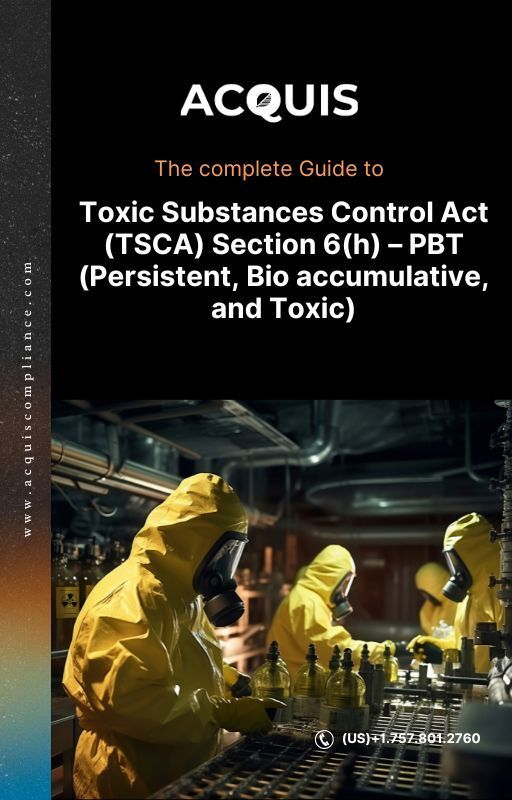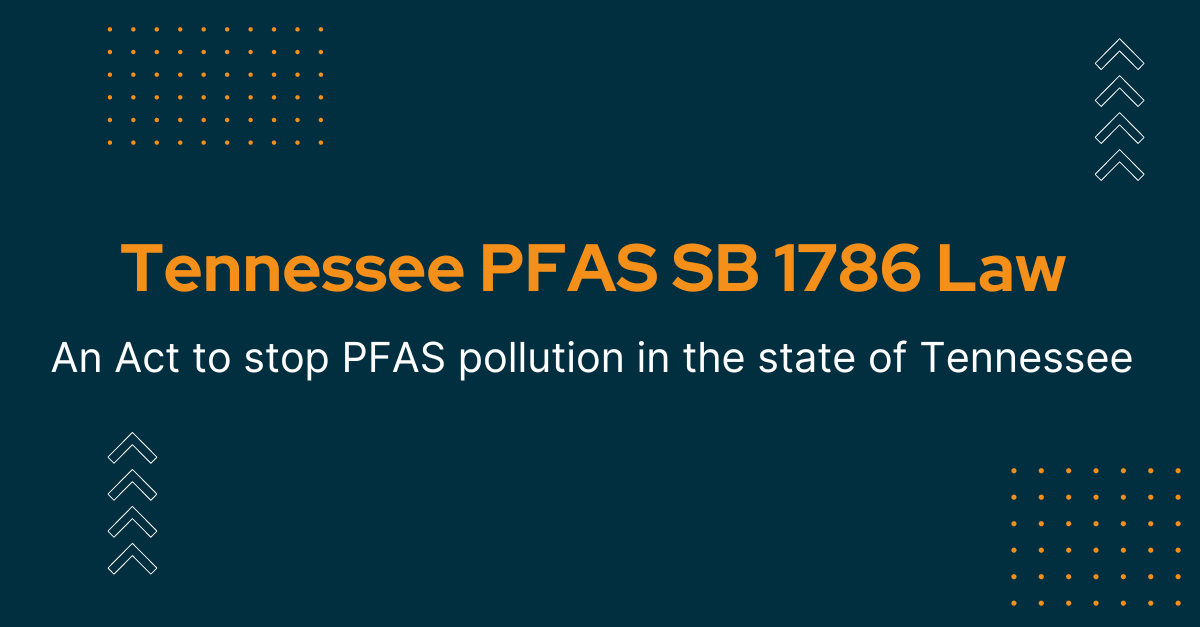The Office of Environmental Health Hazard Assessment (OEHHA) has added three new substances to the list of chemicals known to the state of California to cause cancer under California Proposition 65. These substances are:
- 1-Bromo-3-chloropropane (CAS RN 109-70-6) - a colorless, volatile liquid used in industrial solvents, electronic cleaning solutions, and in the production of agricultural chemicals.
- 1-Butyl glycidyl ether (CAS RN 2426-08-6) - an industrial chemical used as a building block in the production of polymers and resins.
- Glycidyl methacrylate (CAS RN 106-91-2) - a versatile chemical used in various industries such as printing, textiles, and electronics.
The basis for these listings was published in the December 2, 2022 issue of the California Regulatory Notice Register, titled "Notice of Intent to List Chemicals by the Labor Code Mechanism". The publication of the notice initiated a public comment period from December 2, 2022 to January 9, 2023, however, no comments were received during this time.
These substances were added to the CA Prop 65 list as per the "Labor Code" listing mechanism, which requires that certain substances identified by the International Agency for Research on Cancer (IARC) be listed as known to cause cancer. OEHHA, as the lead agency for the implementation of Prop 65, evaluated these substances and determined that they met the requirements for listing as known to cause cancer.
According to the IARC Monographs on the Identification of Carcinogenic Hazards to Humans, Volume 125, 1-bromo-3-chloropropane and 1-butyl glycidyl ether are "possibly carcinogenic to humans" based on sufficient evidence of carcinogenicity in animals and strong evidence in experimental systems. Glycidyl methacrylate is considered "probably carcinogenic to humans" based on sufficient evidence of carcinogenicity in animals, strong evidence of its reactive nature, and strong evidence in human primary cells that it exhibits key characteristics of carcinogens.
Starting from January 27, 2024, the warning requirement for significant exposures to these chemicals will take effect, ensuring that Californians are aware of the potential health risks associated with these substances. A complete, updated Proposition 65 chemical list is available on the OEHHA website.
Speak to Our Compliance Experts
Share
ENVIRONMENTAL COMPLIANCE
- RoHS
- SCIP (WFD)
- REACH
- California Proposition 65
- Material Disclosure (FMD)
- PFAS
- TSCA PBT
- EU POPs
- EU MDR & IVDR
- ELV (GADSL)
- Others
- Extended Producer Responsibility (EPR)
INTEGRATION SUPPORT
WE ARE GLOBAL
USA
6705 Ridgedale CT, Glen Allen, VA 23059
+1.757.801.2760
info@aquiscompliance.com
India
#9/2, Hennur Bagalur Main Road, Bengaluru - 560077
+91 789 238 1827
info@aquiscompliance.com



